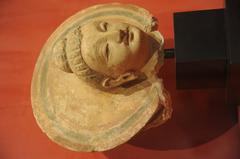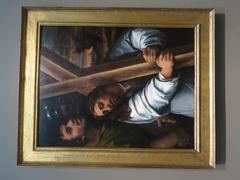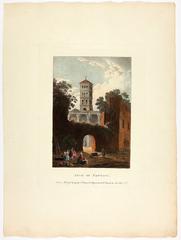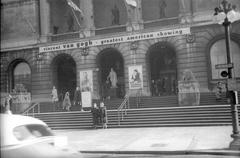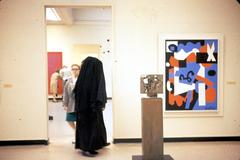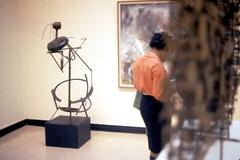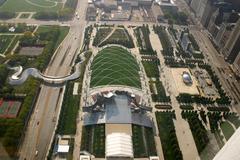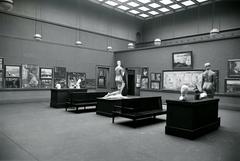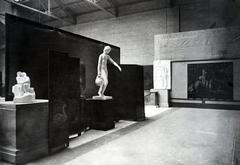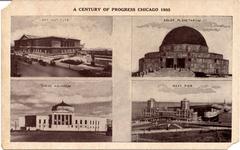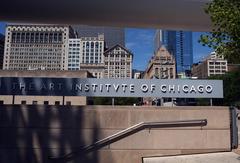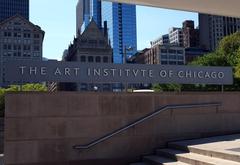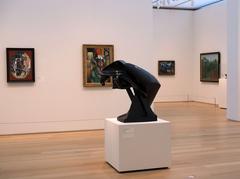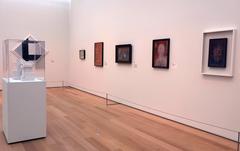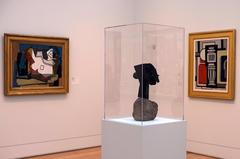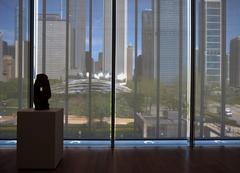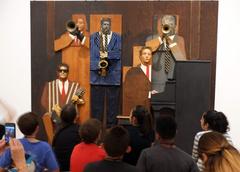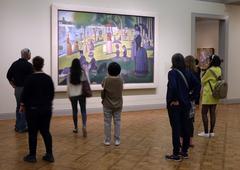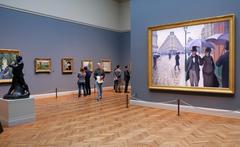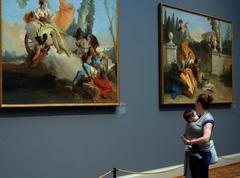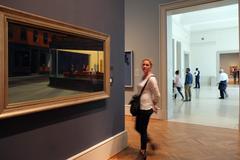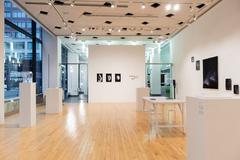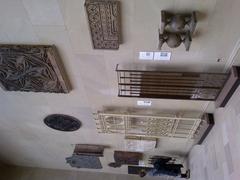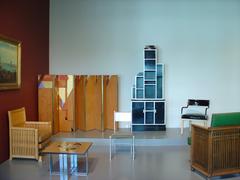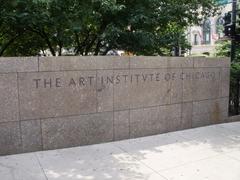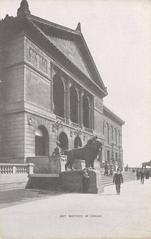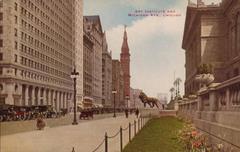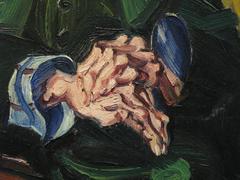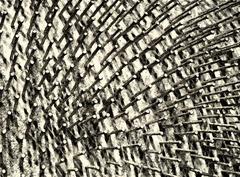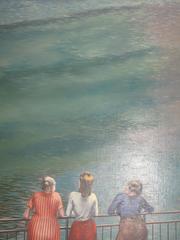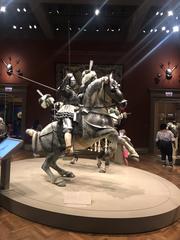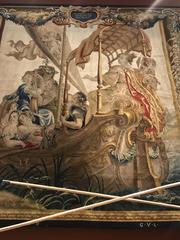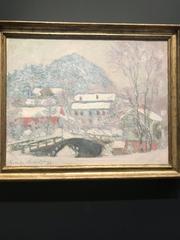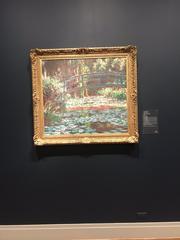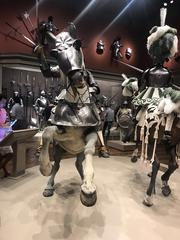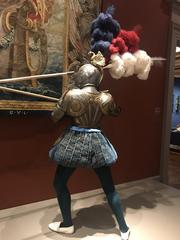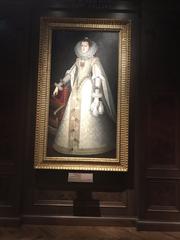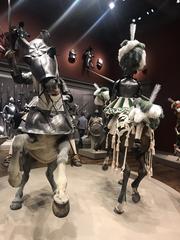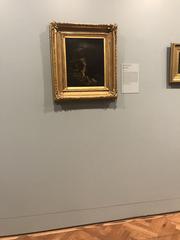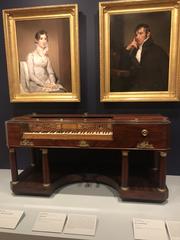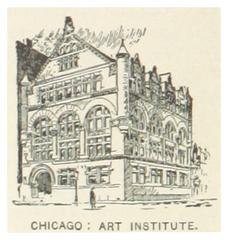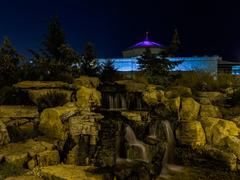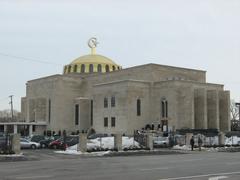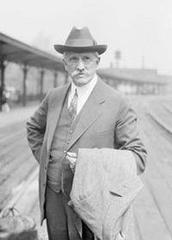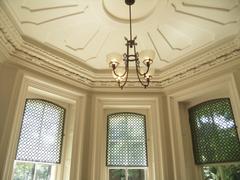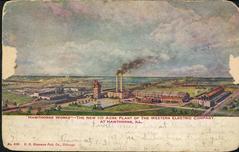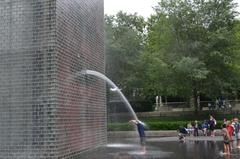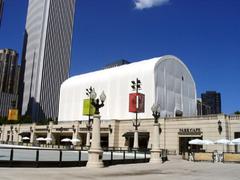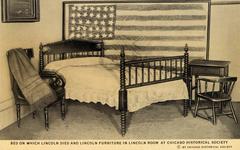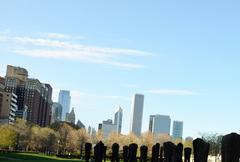
Visiting The Art Institute of Chicago: Hours, Tickets, and More
Date: 17/07/2024
Introduction
The Art Institute of Chicago (AIC) stands as one of the foremost cultural institutions in the United States, renowned for its extensive and diverse collection of artworks spanning 5,000 years of human history. Founded in 1879, the museum has played a pivotal role in the cultural and artistic development of Chicago, offering visitors an unparalleled experience (Art Institute of Chicago). The museum’s main building, an exemplary Beaux-Arts architectural marvel, was completed in 1893 for the World’s Columbian Exposition. The addition of the Modern Wing in 2009, designed by Renzo Piano, further enhances the museum’s architectural significance, blending historic grandeur with contemporary design (Renzo Piano Building Workshop). Whether you are an art enthusiast, a history buff, or a casual tourist, this guide provides all the essential information to make your visit to the Art Institute of Chicago a memorable one. From its rich history and notable collections to visitor information and travel tips, discover everything you need to know for an unforgettable experience.
Table of Contents
- [History of The Art Institute of Chicago](#history-of-the-art-institute-of-chicagohistory-of-the-art-institute-of-chicago)
- [Founding and Early Years](#founding-and-early-yearsfounding-and-early-years)
- [The World’s Columbian Exposition](#the-worlds-columbian-expositionthe-worlds-columbian-exposition)
- [Expansion and Growth](#expansion-and-growthexpansion-and-growth)
- [Notable Collections and Acquisitions](#notable-collections-and-acquisitionsnotable-collections-and-acquisitions)
- [Educational Mission](#educational-missioneducational-mission)
- [Architectural Significance](#architectural-significancearchitectural-significance)
- [Cultural Impact](#cultural-impactcultural-impact)
- [Recent Developments](#recent-developmentsrecent-developments)
- [Visitor Information](#visitor-informationvisitor-information)
- [Visiting Hours and Tickets](#visiting-hours-and-ticketsvisiting-hours-and-tickets)
- [Travel Tips and Accessibility](#travel-tips-and-accessibilitytravel-tips-and-accessibility)
- [Nearby Attractions](#nearby-attractionsnearby-attractions)
- [Frequently Asked Questions](#frequently-asked-questionsfrequently-asked-questions)
- [Conclusion](#conclusionconclusion)
- [References](#referencesreferences)
History of The Art Institute of Chicago
Founding and Early Years
The Art Institute of Chicago was founded in 1879 as the Chicago Academy of Fine Arts. The institution was established by a group of 35 artists and businessmen who aimed to create a museum and school of art that would serve the burgeoning city of Chicago. The name was changed to The Art Institute of Chicago in 1882 to better reflect its mission and scope (Art Institute of Chicago).
The World’s Columbian Exposition
A significant milestone in the history of The Art Institute of Chicago was its involvement in the 1893 World’s Columbian Exposition. The museum’s current building, designed by the architectural firm Shepley, Rutan, and Coolidge, was constructed as part of the exposition. The building was intended to be a permanent home for the museum and its growing collection. The exposition itself was a pivotal event for Chicago, showcasing the city as a center of culture and innovation (World’s Columbian Exposition).
Expansion and Growth
Throughout the 20th century, The Art Institute of Chicago underwent several expansions to accommodate its expanding collection and growing number of visitors. Notable expansions include the addition of the Modern Wing, designed by Renzo Piano, which opened in 2009. This wing added 264,000 square feet of gallery space, making it one of the largest art museums in the United States (Renzo Piano Building Workshop).
Notable Collections and Acquisitions
The Art Institute of Chicago is renowned for its extensive and diverse collection, which includes over 300,000 works of art. Some of the most notable pieces in the collection include Georges Seurat’s “A Sunday on La Grande Jatte,” Grant Wood’s “American Gothic,” and Edward Hopper’s “Nighthawks.” The museum’s collection spans various periods and styles, from ancient artifacts to contemporary art (Art Institute of Chicago Collection).
Educational Mission
From its inception, The Art Institute of Chicago has been committed to education. The School of the Art Institute of Chicago (SAIC), which operates in conjunction with the museum, is one of the leading art schools in the United States. The school offers undergraduate and graduate programs in various disciplines, including fine arts, design, and art history. The museum and school work together to provide educational programs and resources for students, educators, and the general public (SAIC).
Architectural Significance
The architecture of The Art Institute of Chicago is itself a significant aspect of its history. The original Beaux-Arts building, with its iconic bronze lion statues at the entrance, is a landmark in Chicago. The Modern Wing, with its sleek, contemporary design, represents the museum’s commitment to both preserving its historical roots and embracing modernity. The combination of these architectural styles reflects the museum’s diverse collection and its role as a cultural institution (Art Institute of Chicago Architecture).
Cultural Impact
The Art Institute of Chicago has played a crucial role in the cultural life of Chicago and the broader art world. The museum hosts numerous exhibitions, lectures, and events that attract visitors from around the globe. It has also been featured in popular culture, most notably in the 1986 film “Ferris Bueller’s Day Off,” which showcased several of the museum’s iconic works. The museum’s influence extends beyond its walls, contributing to the cultural and artistic vibrancy of Chicago (Ferris Bueller’s Day Off).
Recent Developments
In recent years, The Art Institute of Chicago has continued to evolve and innovate. The museum has embraced digital technology, offering virtual tours and online resources to make its collection accessible to a global audience. Additionally, the museum has focused on diversifying its collection and programming to reflect a broader range of voices and perspectives. These efforts are part of the museum’s ongoing commitment to inclusivity and accessibility (Art Institute of Chicago Digital).
Visitor Information
Visiting Hours and Tickets
The Art Institute of Chicago is open daily from 10:30 AM to 5:00 PM, with extended hours until 8:00 PM on Thursdays. General admission tickets are priced at $25 for adults, $19 for seniors and students, and free for children under 14. Illinois residents can enjoy free admission on certain weekdays. It is recommended to purchase tickets online in advance to avoid long lines (Art Institute of Chicago Tickets).
Travel Tips and Accessibility
The Art Institute of Chicago is located at 111 South Michigan Avenue in the heart of downtown Chicago. It is easily accessible by public transportation, including CTA buses and trains. The museum is wheelchair accessible, and wheelchairs are available for loan at the checkroom. Service animals are welcome, and accessible restrooms are located throughout the museum (Art Institute of Chicago Accessibility).
Nearby Attractions
While visiting The Art Institute of Chicago, consider exploring other nearby attractions such as Millennium Park, the Chicago Cultural Center, and Grant Park. These sites offer a variety of cultural and recreational experiences, all within walking distance of the museum.
Frequently Asked Questions
Q: What are the Art Institute of Chicago’s visiting hours?
A: The museum is open daily from 10:30 AM to 5:00 PM, with extended hours until 8:00 PM on Thursdays.
Q: How much do tickets cost for The Art Institute of Chicago?
A: General admission is $25 for adults, $19 for seniors and students, and free for children under 14. Illinois residents can enjoy free admission on select weekdays.
Q: Is The Art Institute of Chicago wheelchair accessible?
A: Yes, the museum is wheelchair accessible, and wheelchairs are available for loan at the checkroom.
Q: What are some nearby attractions to visit?
A: Nearby attractions include Millennium Park, the Chicago Cultural Center, and Grant Park.
Conclusion
The Art Institute of Chicago’s enduring significance as a cultural and educational institution is a testament to its rich history and continual evolution. From its founding in the late 19th century to its current status as a world-renowned museum, the AIC has adapted and expanded to meet the needs of its visitors and the art community. Its extensive and diverse collection, notable architectural features, and commitment to education and inclusivity make it a must-visit destination for art lovers and tourists alike (Art Institute of Chicago). By incorporating digital technology and focusing on diversifying its collection and programming, the museum continues to innovate and expand its reach to a global audience (Art Institute of Chicago Digital). Whether you are exploring its galleries in person or taking a virtual tour, the Art Institute of Chicago offers a rich and engaging experience that celebrates the breadth of human creativity and cultural heritage.
References
- Art Institute of Chicago. (n.d.). About Us. Retrieved July 17, 2024, from https://www.artic.edu/about-us/history
- Britannica. (n.d.). World’s Columbian Exposition. Retrieved July 17, 2024, from https://www.britannica.com/event/Worlds-Columbian-Exposition
- Renzo Piano Building Workshop. (n.d.). Art Institute of Chicago Modern Wing. Retrieved July 17, 2024, from https://www.rpbw.com/project/art-institute-of-chicago-modern-wing/
- Art Institute of Chicago. (n.d.). Collection. Retrieved July 17, 2024, from https://www.artic.edu/collection
- School of the Art Institute of Chicago. (n.d.). Retrieved July 17, 2024, from https://www.saic.edu/
- Art Institute of Chicago. (n.d.). Visit - Architecture. Retrieved July 17, 2024, from https://www.artic.edu/visit/architecture
- IMDb. (n.d.). Ferris Bueller’s Day Off. Retrieved July 17, 2024, from https://www.imdb.com/title/tt0091042/
- Art Institute of Chicago. (n.d.). Digital. Retrieved July 17, 2024, from https://www.artic.edu/digital
- Art Institute of Chicago. (n.d.). Visit - Tickets. Retrieved July 17, 2024, from https://www.artic.edu/visit/tickets
- Art Institute of Chicago. (n.d.). Visit - Accessibility. Retrieved July 17, 2024, from https://www.artic.edu/visit/accessibility
